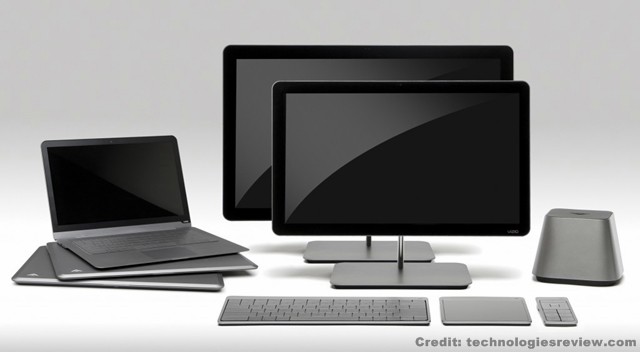 By Jae-Ha Kim
By Jae-Ha Kim
Chicago Sun-Times
August 23, 2001
Pencils. Check. Paper. Check. Books. Check. Computer?
Wait a minute. A computer is a handy gadget to have around the house for games and bookkeeping, but families increasingly view it as a must-have for school. In fact, computer classes are a part of kindergartner Sean Hlavin’s curriculum, say parents Debbie and Brian.
“The main reason we got the computer was so he would keep up at school,” Debbie says. “We spent about $2,000 and got all the things he’ll need. We upgraded for a few things, like an Intel Pentium 4 processor and a slim-line monitor. We also got 64 megabytes for sound because we noticed a lot of the kids’ games require at least 64 megabytes.”
Like many parents, the Hlavins put off buying a computer because they wanted the most for their money. Whether to buy a stationary PC or portable laptop is another decision. Develop a game plan before you plunk down a hunk of cash, the experts advise.
“There’s always something better coming out, so you have to get over that fear of throwing money away and invest in a computer at some point,” says Larry Moy, a network operations manager. “Students concentrating on graphics or who play a lot of games will benefit from a faster system that will cost more, but you can find a decent system that’s perfectly fine for basic needs for $1,000 and under these days.”
Start on the Web where you can compare prices and features, says Chris Trumble, a content editor for Smart Computing magazine. Then, if you choose to buy the computer at a store, you can tell if they’re getting a good deal.
The average student who uses a computer to write papers, check e-mail and surf the Internet doesn’t necessarily need a 100-gigabyte hard drive. ”You don’t have to go buy the fastest Pentium 4 processor and pile as much RAM on it as you can,” Trumble says.
This average user will have no problems operating on a system with 10 or 20 gigabytes of hard drive space and a Celeron processor.
Trumble says extras such as ZIP drives, which allow users to store between 100 and 200 megabytes of information on one disk, are nice to have if a student is doing heavy-duty computing on projects and moving them from one computer to another.
But the student who’s just typing papers does not have to have a ZIP drive.
”You’re not going to fill up a disk unless you’re writing War and Peace,” Trumble says.
Trumble recommends that parents start off with the best computer they can afford and then upgrade as a student’s needs and technology change.
”The bottom line is you’re never going to be able to buy the fastest thing and sit on it,” Trumble says. ”You can’t wait forever.”
Another point to consider: Do a majority at the school use a PC or a Macintosh?
A PC is any computer that’s compatible with the original system made by IBM many years ago. These computers generally run Microsoft Windows. A Macintosh uses a different operating system, called Mac OS. A Macintosh doesn’t need to run Microsoft Windows, but users can buy software to ”trick” a Mac into running PC programs. And a laptop is ideal if the student will benefit from taking a computer to class to take notes or toting it to study groups and the library. But, if a student can get by with a computer at home, then a desktop would be better. Desktops have the added bonus of being easier to upgrade.
For example, you can always buy a new monitor for a desktop but replacing the screen on a laptop is expensive and in many cases requires shipping the computer back to the manufacturer.
While almost all laptop manufacturers boast that their laptops are durable, Trumble says the best way to ensure they don’t get dropped or jostled too much is to buy a strong carrying case with a lot of padding.
Apple spokeswoman Nathalie Welch says Macintosh’s iBook works well in the classroom because of it weighs less than 5 pounds and is designed to withstand a lot of strain.
At the Hlavin household, their new desktop PC will benefit the whole family. Sean’s little brother Neil, who’ll turn 2 in September, is already quite computer savvy. Today “Thomas the Train,” tomorrow, the world.
Contributing: Scripps Howard News Service





